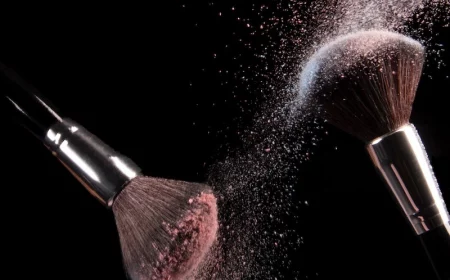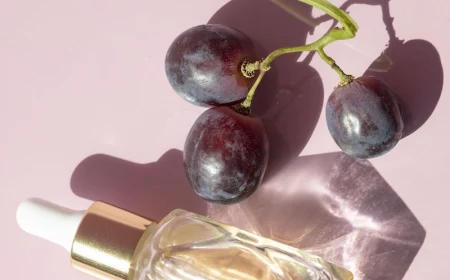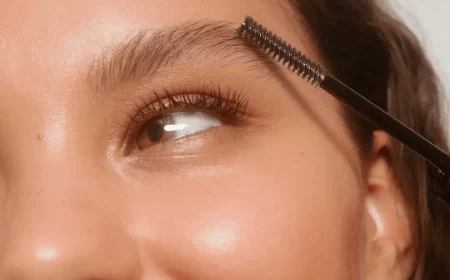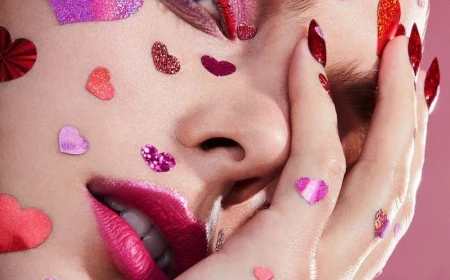Is Your Makeup Secretly Expired? How to Tell Before It’s Too Late
After spending years as a professional makeup artist on everything from chaotic sets to calm bridal suites, I can tell you the most important lesson has nothing to do with blending. It’s about knowing when a product is officially past its prime and ready for the bin.
In this article
So many of us just give our makeup a quick sniff or a glance and assume it’s fine. But honestly, the signs that makeup has gone bad are often subtle, while the consequences can be pretty serious. I once worked with a client who developed a nasty eye infection, and we traced it back to a mascara she’d been trying to “revive” for months to save a few bucks. She ended up with a doctor’s bill and a lot of pain. It was a harsh reminder that this isn’t about silly rules; it’s about protecting your skin and your health.
This guide goes way beyond the tiny dates printed on the packaging. We’re going to get into why makeup actually spoils and how you can use your senses to spot a problem before it starts.
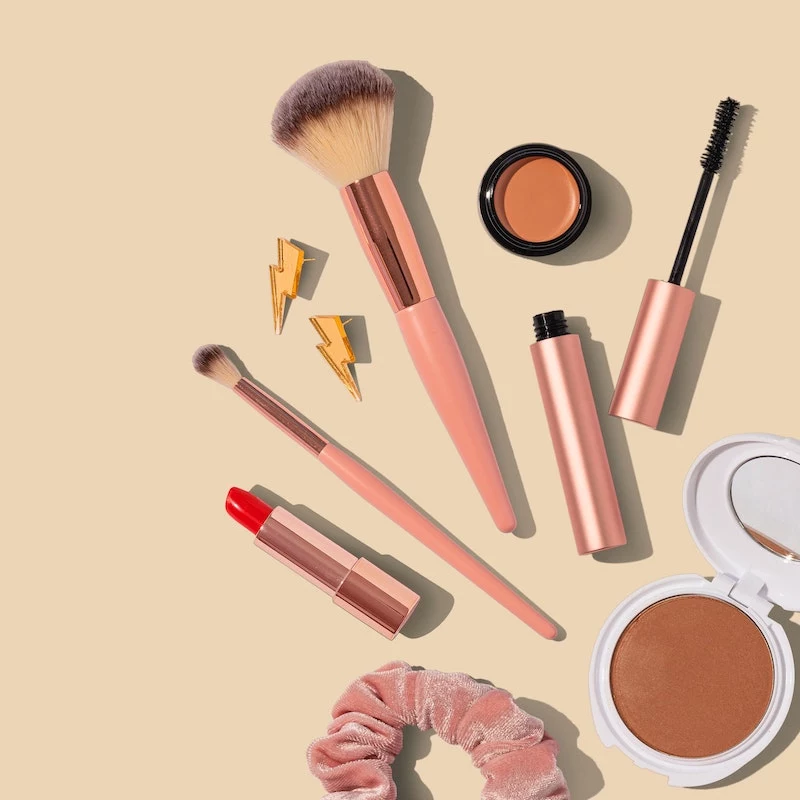
Why Good Makeup Goes Bad (It’s Science!)
To really get a handle on this, you need to know why that foundation or lipstick expires in the first place. It’s not just about how old it is. It’s about the chemistry and biology happening inside that little tube every single time you use it.
Your Makeup Bag’s Dirty Little Secret
The number one enemy here is microbial contamination. Yep, we’re talking about bacteria, mold, and yeast. These things are literally everywhere—on your fingers, in the air, and on your brushes. And you know what they love most? Water-based products. Think liquid foundations, concealers, cream blushes, and especially mascara. The dark, moist environment of a mascara tube is basically a five-star resort for nasty bacteria.
Preservatives are put into makeup to fight off these microbes, but they don’t work forever. Every time you open the container, you expose it to air and introduce new germs, weakening the defenses. This is why a product’s real lifespan starts the second you break that seal.

What About “Clean” Beauty?
Heads up! With the rise of “clean” and preservative-free makeup, this becomes even more critical. While it’s great to have formulas with fewer synthetic ingredients, the lack of strong traditional preservatives means their shelf life is often much, much shorter. A standard liquid foundation might have a 12-month life, but a “clean” version could spoil in as little as 3 to 6 months. You have to be extra vigilant with these products.
Oxidation: The Invisible Problem
Another thing happening is oxidation. It’s a chemical reaction that happens when ingredients hit the oxygen in the air. You’ve seen this when a cut apple turns brown—a similar thing can happen to your foundation. It’s the reason your foundation might look perfect when you first apply it, but turns a little darker or more orange an hour later.
It’s also why old lipsticks get that waxy, crayon-like smell. The oils in the formula have gone rancid. This doesn’t just mess with the color and smell; it can make the product super irritating to your skin.

Your Quick Guide to Makeup Lifespans
Okay, let’s get down to the nitty-gritty. While you should always check the packaging, here are some solid general guidelines. Think of this as your go-to cheat sheet.
- Mascara & Liquid Eyeliner: This is non-negotiable. The lifespan is 3 months. Because you’re putting it so close to your delicate eyes, the risk of infection is just too high to mess with. Toss it if it’s dry, clumpy, or smells even slightly off, like gasoline or just… funky.
- Liquid Foundation & Concealer: You can expect these to last from 6 months to 1 year. Toss it if you see the oil separating from the pigment (a little is okay, but a lot is a bad sign), if the color changes, or if it develops a sour smell.
- Cream Blush & Eyeshadow: These typically last about 1 year. Toss it if the texture becomes stiff or waxy, if it’s hard to blend, or if it smells like old crayons.
- Lipstick & Lip Gloss: Plan for about 1 to 2 years. Toss it if it feels dry or gritty, if it drags on your lips instead of gliding, or if it has that tell-tale waxy, stale smell. For gloss, if it gets extra goopy and sticky, it’s time to go.
- Powder Products (Blush, Bronzer, Eyeshadow): These are the marathon runners of your makeup bag, often lasting 2 to 3 years. Since they’re dry, bacteria have a hard time growing. Toss it if you see a hard, shiny film on top (this is called hardpan), if it smells musty, or if the color payoff just isn’t there anymore.
- Pencil Eyeliner & Lip Liner: These can also last up to 2 years, but only if you’re taking care of them. By regularly sharpening them, you’re removing the old, exposed layer.
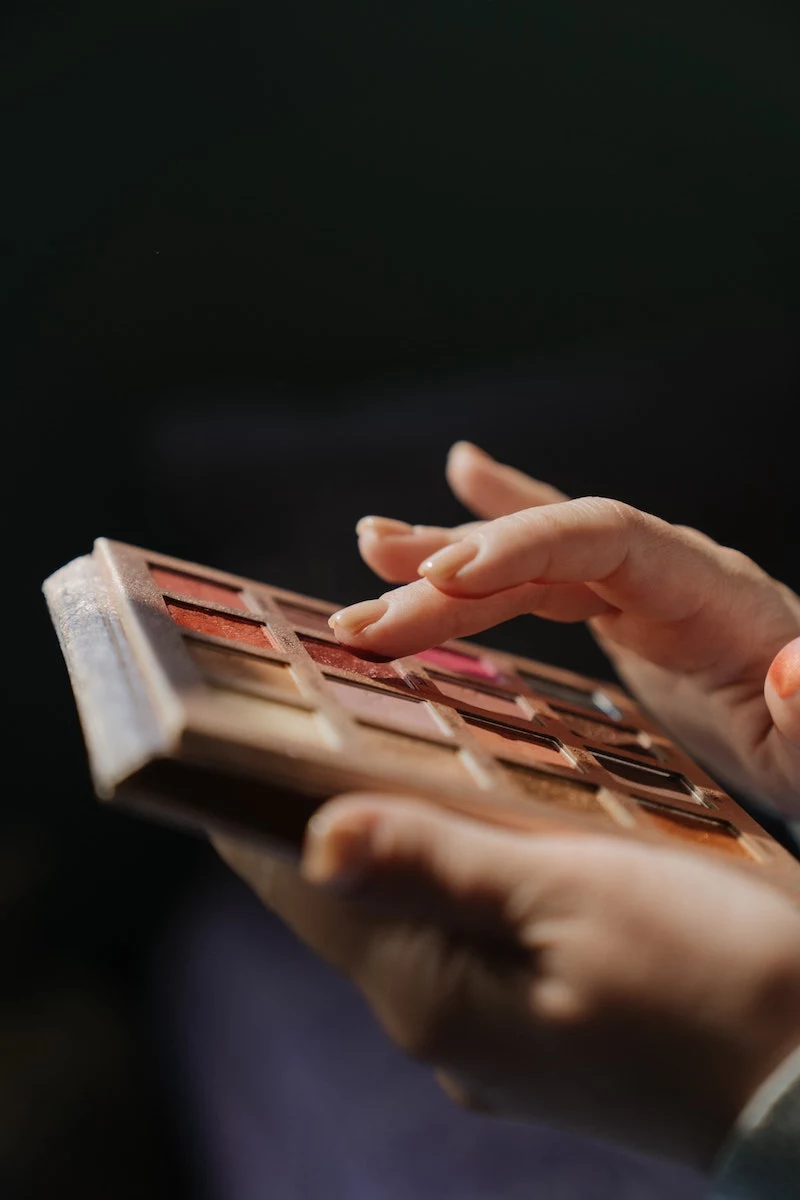
Pro Tip: Use Your Senses
Dates are great, but as a pro, I trust my senses above all else. Before anything touches a client’s skin, I give it a quick check. You should do the same.
Smell is your best friend. Honestly, your nose will usually detect a problem first. If your foundation smells sour, your mascara smells funky, or your lipstick smells like crayons, toss it. No questions asked.
Look for visual changes. Has your liquid foundation separated into layers? Has your concealer turned orange? A big red flag. Oh, and about that hard, shiny film on your powders called hardpan? It happens when oils from your skin get transferred from your brush to the powder. Quick tip: You can sometimes fix this by gently scraping the top layer with a clean spoolie or, my favorite trick, by pressing a piece of sticky tape onto the surface and lifting it away. But if it keeps coming back, it’s a sign your brushes are overdue for a wash.
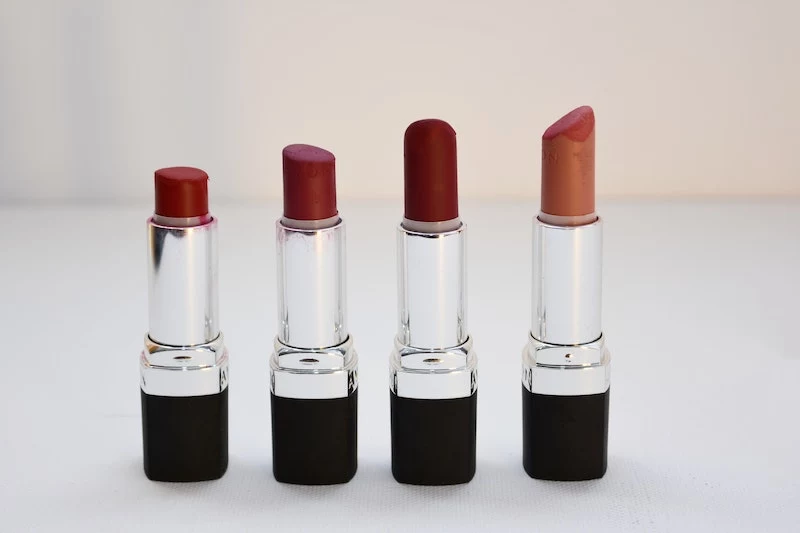
Pay attention to touch and feel. An expired product just won’t perform well. A foundation might get streaky, a cream blush might feel stiff and refuse to blend, and a mascara will be flaky and clumpy. By the way, never add eye drops or water to a dry mascara! You’re just creating a soupy paradise for bacteria. It’s not worth the risk.
Proper Storage and Sanitation 101
Where you keep your makeup makes a huge difference. The ideal spot is cool, dark, and dry.
So, I’m going to say this loud for the people in the back: the bathroom is the WORST place to store your makeup. The constant heat and steam from showers create a humid breeding ground for mold and bacteria, and it breaks down your products way faster. Move your stash to a bedroom drawer or a closet instead.
Good hygiene is just as important. Here are some simple habits to adopt:
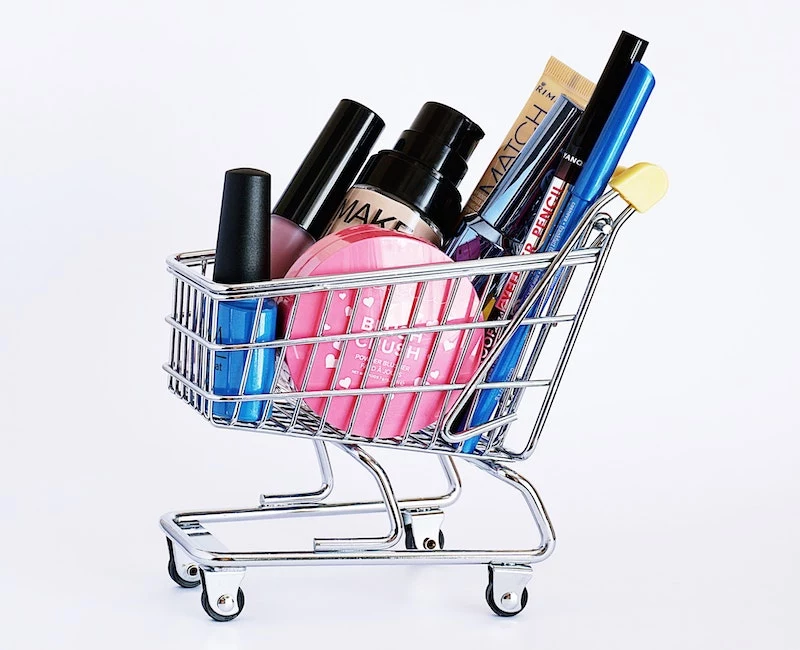
- Clean your brushes! At least once a week. Dirty brushes are just pushing bacteria and old skin cells back into your products.
- Don’t double-dip in jars. For things like gel liner or cream eyeshadow, use a clean tool to scoop out what you need. You can buy cheap cosmetic spatulas online (a pack of 50 is often under $10), but in a pinch, a clean coffee stirrer or the non-bristle end of a brush handle works just fine. Anything but your fingers!
- Sharpen your pencils. Give your eyeliner and lip liner a quick sharpen before each use. This shaves off the potentially contaminated tip.
A common question I get is about spraying old powders with rubbing alcohol to sanitize them. To be frank, it’s a mixed bag. A light mist of 70% isopropyl alcohol can help kill surface bacteria, but it can also change the formula of your powder, making it drier or less pigmented. It’s a decent trick for pros who need to sanitize between clients, but for personal use, it’s better to prevent contamination in the first place by using clean brushes.

Your 5-Minute Makeup Bag Purge
Feeling overwhelmed? Don’t be. You can make a real difference in just five minutes. Let’s do a quick triage right now.
- Grab your mascara. When did you open it? If you can’t remember, or if it’s been more than 3-4 months, throw it out. This is the single most important thing you can do for your eye health.
- Find your oldest lipstick. Give it a sniff. Does it smell waxy or stale? If so, it’s done.
- Check your liquid concealer. Is it separating or looking a little… off-color? Into the trash it goes.
See? That wasn’t so hard. Making this a regular habit, maybe every six months, will keep your collection fresh, safe, and effective.
Good to know: a simple way to keep track is to use a permanent marker to write the month and year you opened a product on the bottom. It takes two seconds and saves you all the guesswork later.
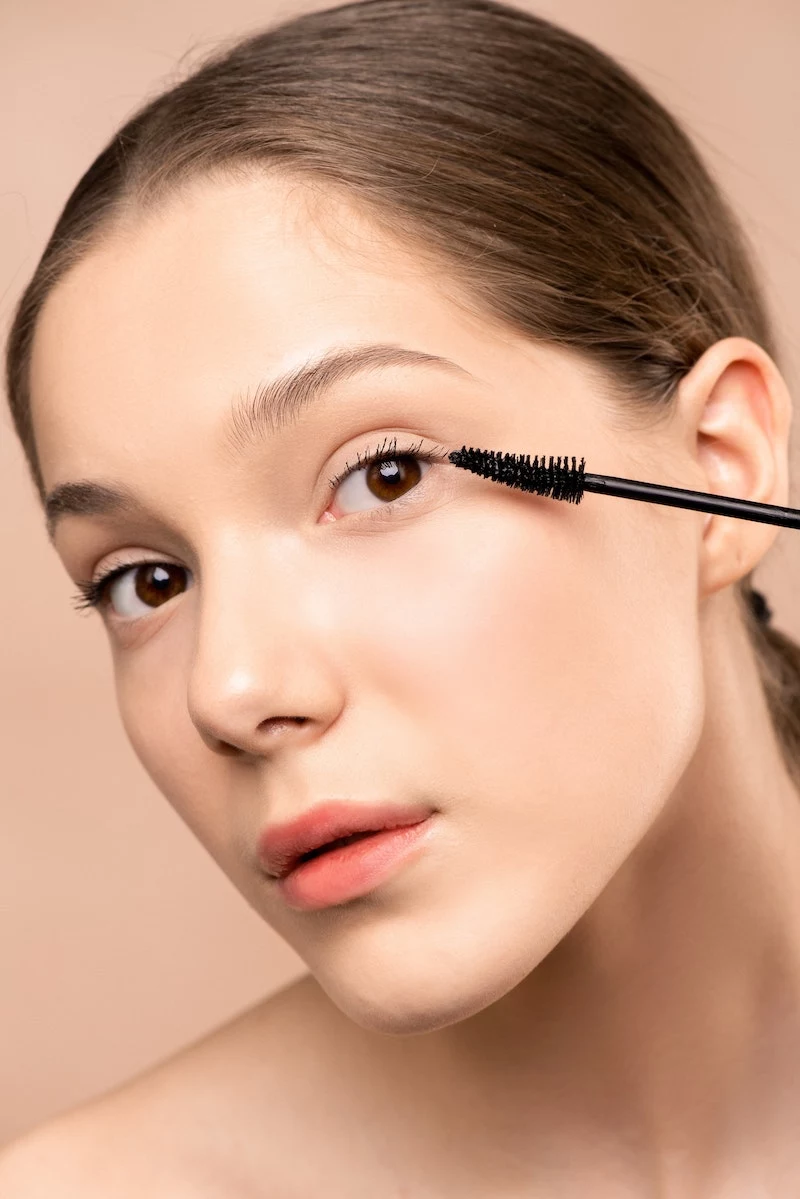
Treating your makeup with care is really a form of self-care. It ensures the products you invest in are a source of joy, not a source of infections. Okay, your turn! Go grab your oldest mascara. If it’s over the 3-month mark, I challenge you to toss it right now. Your eyes will thank you!
Inspirational Gallery
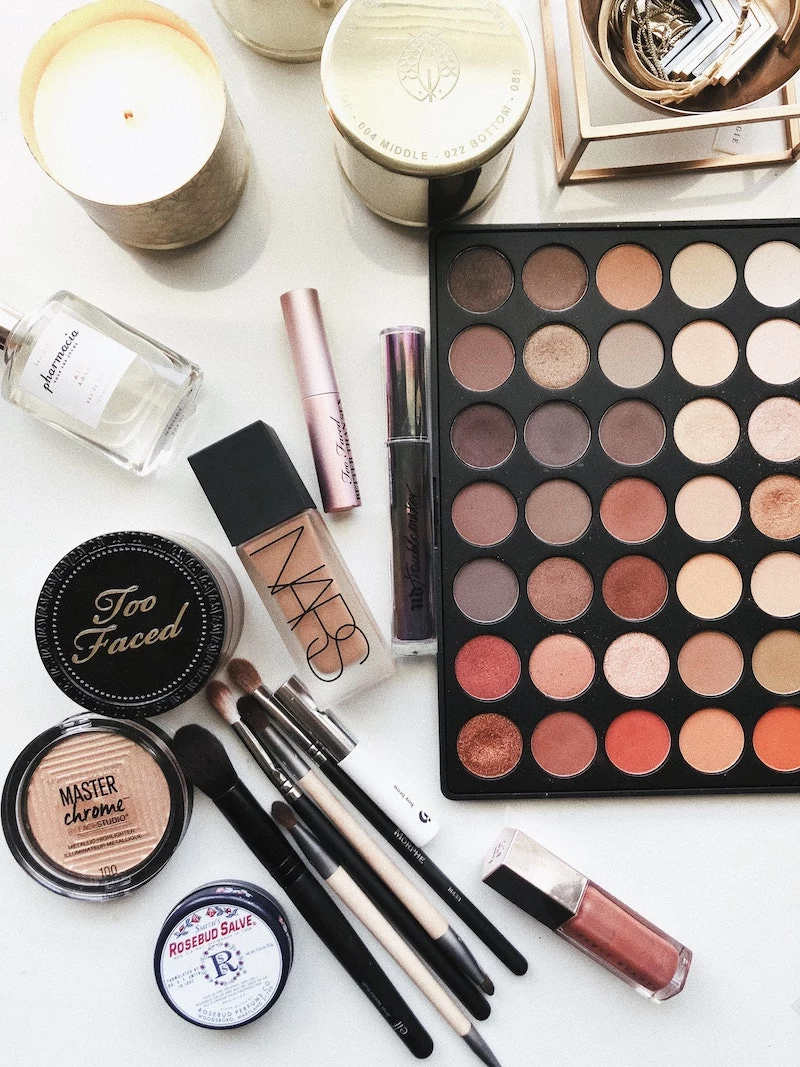
My “clean” beauty foundation separated after only a few months. Is it really expired?
Almost certainly. “Clean” and natural formulas often rely on gentler, plant-based preservatives that are more sensitive to heat and air. When you see oil and pigment layers separate in a product like the ILIA Super Serum Skin Tint or a Kosas foundation, it’s a visual cue that the emulsion has broken. Shaking it won’t fix the instability or potential bacteria growth. It’s a clear sign it’s time to toss it for the sake of your skin.


